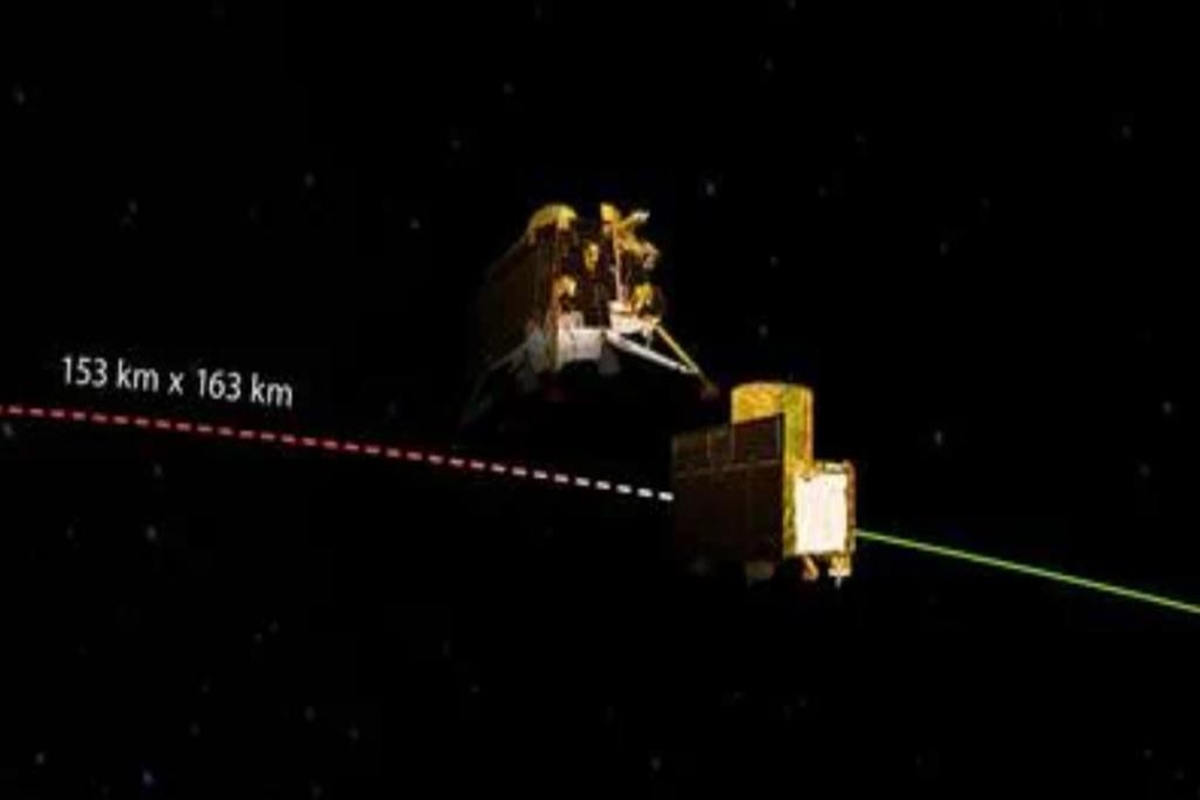Entering the final leg of its voyage to the Moon, the Chandrayaan-3 lander reached a crucial stage as the Lander Module effectively detached from the primary spacecraft on Thursday afternoon.
“Thanks for the ride, mate!” conveyed ISRO in a statement posted on the microblogging platform X, envisioning a dialogue between the Lander Module and the Propulsion Module.
Advertisement
“LM is set to descend to a slightly lower orbit upon a deboosting planned for tomorrow around 1600 Hrs IST,” ISRO penned.
Consisting of two components, the Chandrayaan-3 space vehicle consists of the Lander Module. It accommodates the rover segment which will journey to the Moon. The projection is that it will make a touchdown on the lunar terrain come August 23.
Here are the technical details:
The remaining component, known as the Propulsion Module, will task with conveying the Lander to lunar orbit. It will persist in orbiting the Moon for several months, potentially extending to years, in an external trajectory.
The remaining voyage to the Moon will be solely by the Lander Module. Currently positioned at an approximate distance of 150 km from the lunar surface, the Lander Module will execute two orbit-adjustment maneuvers in the upcoming days. These maneuvers will initially establish a circular orbit at 100 km x 100 km and subsequently descend to a 100 km x 30 km orbit.
From this point, the Lander will commence its ultimate descent. It aims to achieve a gentle landing on the Moon next Wednesday. Prior to this, all instruments onboard the Lander will activate. Then they are subject to testing to ensure their proper functionality.
A successful outcome in this endeavor would mark India’s inclusion in the select group of nations. Very few nations have accomplished this feat. The prior members of this group include the United States, the former Soviet Union, and China.
Meanwhile, the Propulsion Module will persist in orbiting the Moon for an unspecified duration.











